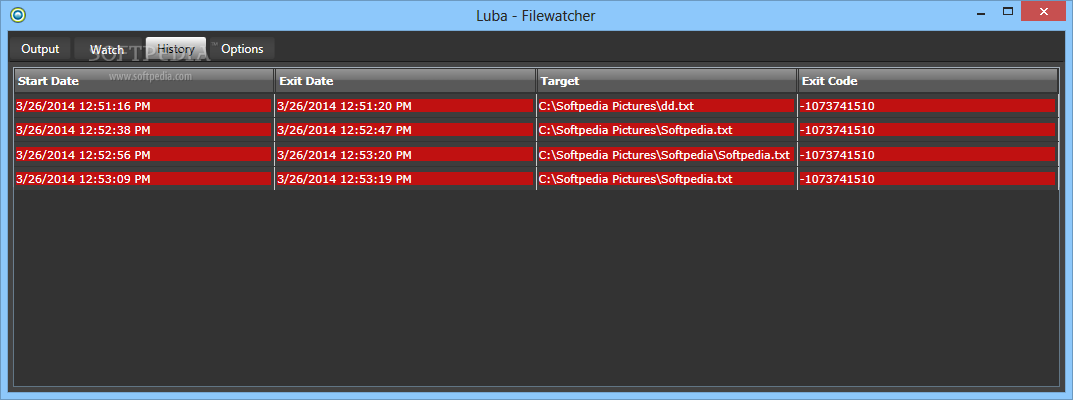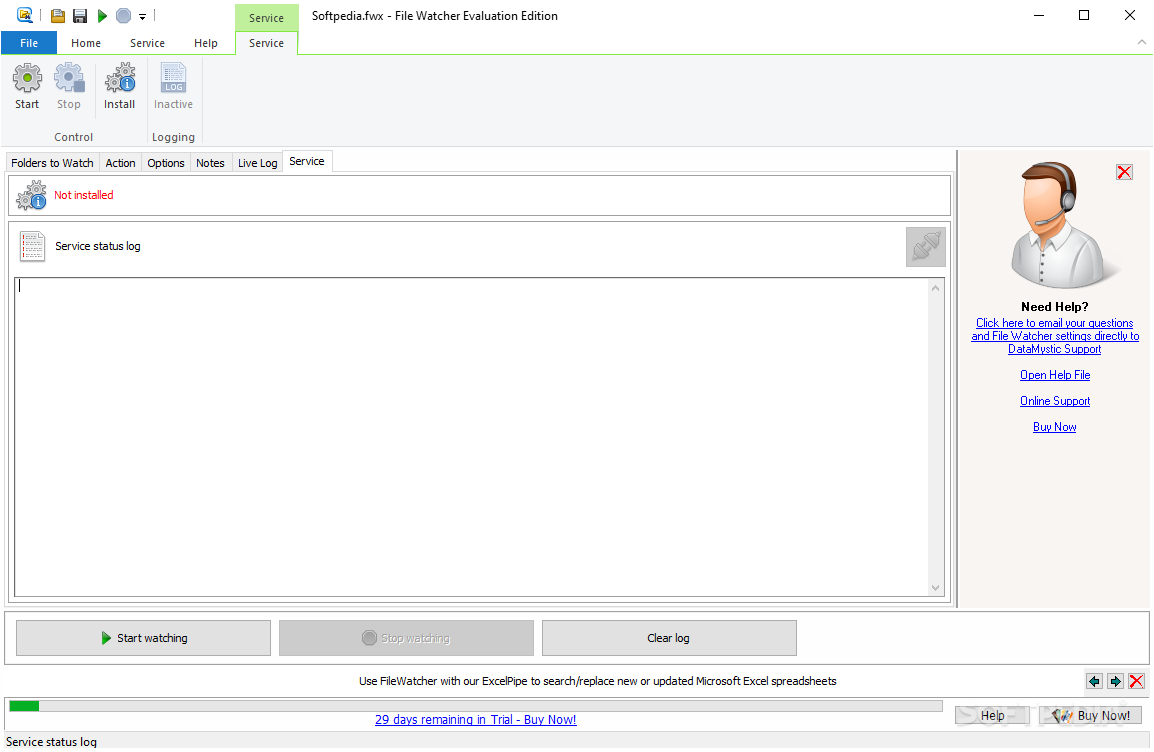
Private FileSystemWatcher _watcher = new FileSystemWatcher () Private Hashtable _ht = new Hashtable ()

A hash table is used to determine whether we have taken care of the file from which the event is originated. Whenever a file changed event is fired, OnFileSystemChanged method is invoked. The FileWatcher class monitors the file changed events. Public FileStateObject( string fullPath, Hashtable ht)įileInfo fInfo = new FileInfo (_fullPath) This thread then watches till the file size stabilizes before handling off to ProcessFile() where the custom actions take place. Whenever a new file is detected, a FileStateObject will be created on a new thread. The FileStateObject encapsulates the state of a particular file that is being watched.

The following diagram summarizes this approach: To address the second issue, we could spawn a thread for each file that has changed or created and watch for its size to ensure that we only take actions after the size has stabilized. Net framework to passively watch for the files and only take action when the file has been created or changed. To address the first issue, we could use the FileSystemWatcher object provided in. We can eliminate both problems by reexamining the design of the file watcher system however. What happens when the file watcher process runs and sees the file there, should it grab the file even though it still might be incomplete? In most instances, people try to schedule a job around the time when the file to be watched might be changing and accept the risk of delivering incomplete file once a while. Second, how do we know the file in the designated folder is in its final state? Suppose the file we are watching is delivered via ftp and the file is rather large, it could take sometime before the file is actually delivered. First, what is the appropriate interval to check for file changes? Setting the interval too short might overburden the server the watcher process is running on but setting the interval too long might not respond to file changes in a timely fashion. There are two problems associated with this common approach however. For example, suppose we want to watch whether a new file has come into our inbound folder, we could invoke a process once a minute to see if the file appears in the predefined location and if so we would take appropriate action.

This method is also the most widely used in many companies. The easiest way to go about the file watcher process is to have a job run at a predefined interval.
FILEWATCHER FTP 2018 HOW TO
In this article, I will show you how to construct a generic file watcher pattern where addresses these issues. The implementations of these file watchers however are often not robust enough and sometimes result in file truncations or concurrency issues. Many processes involve watching for particular files and then take appropriate actions. In business world, file watchers play an important role in day to day operations.


 0 kommentar(er)
0 kommentar(er)
